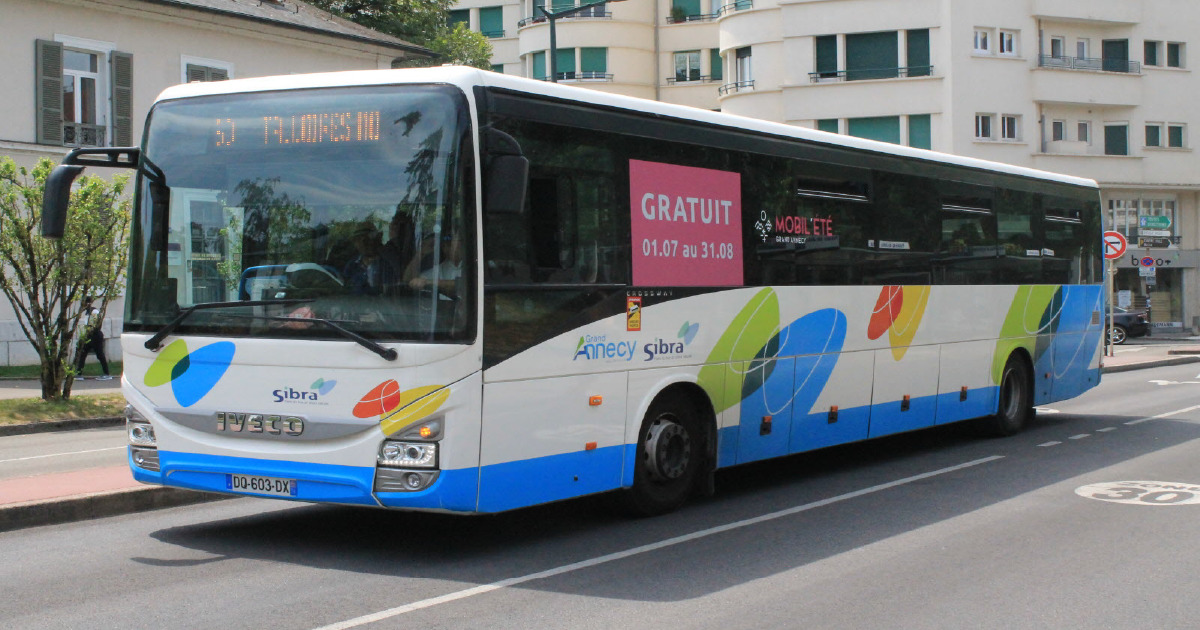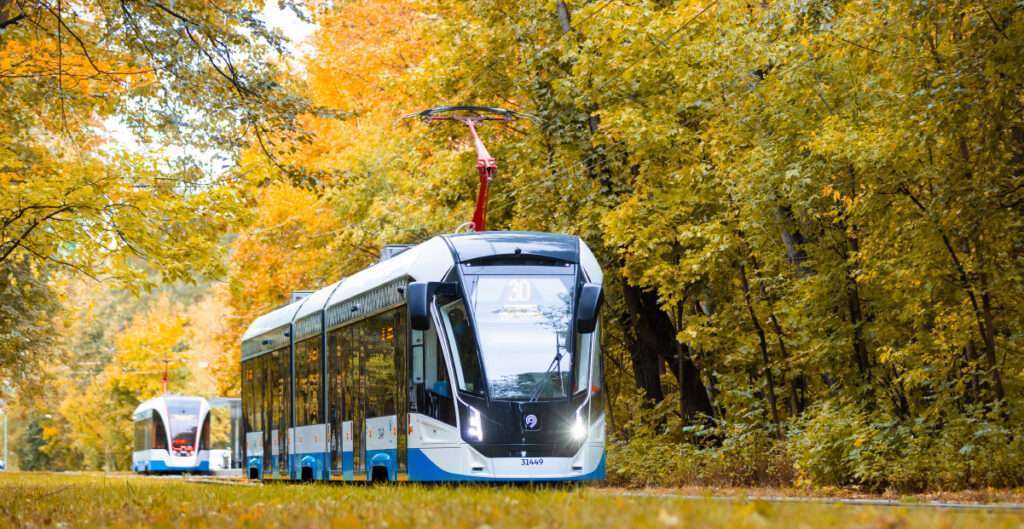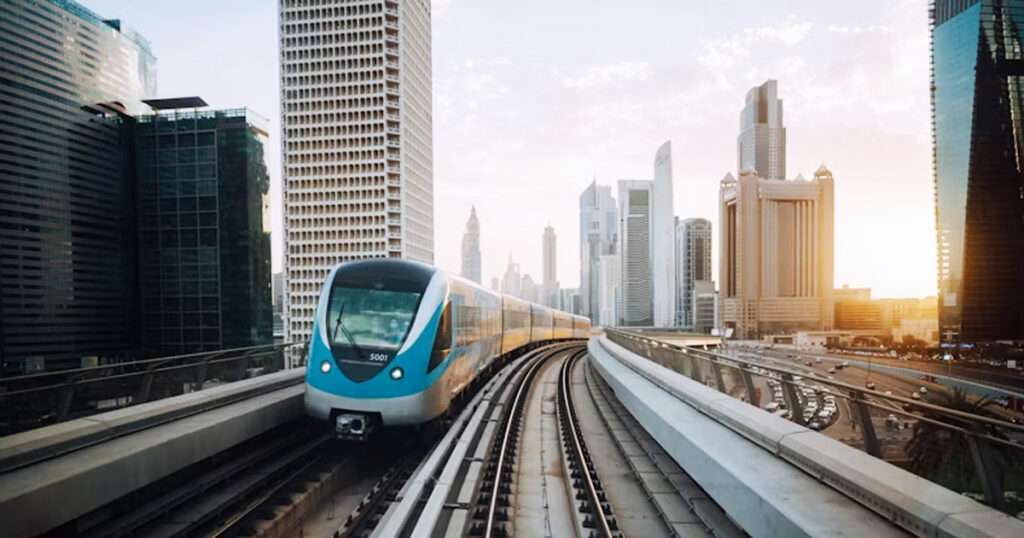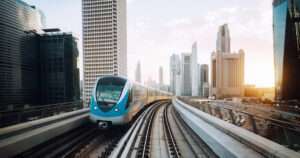With the upcoming municipal elections, many candidates are talking about the possibility of making free of charge public transport in their cities. No more tickets, controllers and terminals, a simple hello is enough in Compiègne since 1975 or recently in Calais since January 2020 ! Although among the 330 AOMs (Mobility Organising Authorities), some have already taken the plunge for economic and environmental reasons. However, this is not possible in all cities. Through our case study, find our analysis on free transport. What are the key figures? Is this a false good idea? And finally, focus on the alternatives already put in place by certain transport networks.
Overview of public transport in France
According to a recent study by GART (Groupement des Autorités Responsables de Transport) and UTP (Union des Transports Publics et Ferroviaires), travelling by car is 16 times more expensive than by bus in the provinces and 7 times more expensive in the Île-de-France region. However, 12% of French people take the bus to go to work or study, compared with 61% by car. This is a contradictory behaviour, given that ticket prices only increased by 8.5% between 2008 and 2018.
Indeed, with an estimated fraud rate of 8.9% in France (3.1 in Europe), it is currently the cities of Lyon, elected the best network, Paris and Strasbourg that cost the most in terms of public transport. In terms of price, we have a €1.90 ticket for the Lyon public transport system (TCL) and the Paris public transport (RATP) and €1.80 for Strasbourg (CTS). Revenues which in 2018 amounted to nearly €55.9 million for CTS, €256 million for TCL and €3.3 billion for RATP, with nearly €200 million lost due to fraud.
Free transport in France and around the world…
About thirty free cities in France…
On the French side, there are nearly 34 municipalities. Among them, we can mention Calais, Niort, Aubagne or Dunkirk. With nearly 257,000 inhabitants in urban areas, the latter is notably the largest urban area in France to have adopted a free system. Launched in September 2018, the use of its DK’BUS lines, a Transdev subsidiary, has exploded by nearly 65% during the week and up to 125% at weekends. This represents an average year-round increase of 85%, due to a change in the habits of Dunkirk drivers. Indeed, 48% of them have abandoned their cars in favour of buses.
Estonia, pioneer and example to follow
Worldwide, it is estimated that there are nearly 110 free public transport networks. Two countries stand out, Estonia and Luxembourg. To date, they are the only ones to have decided to extend free public transport to their entire territory. The Baltic model started by making free all transport in its capital city Tallinn, a city of almost 426,500 inhabitants. In January 2013 transport will be free of charge for all residents. With the simple acquisition of card (€2), Tallinnese people are completely free to travel to the capital’s by trains, buses and tramways. According to a study, it is estimated that a family of two adults and two children can save almost €600/year. A substantial budget, considering that the average monthly salary is €1177.58, 30% less than in France.
Following the success of this measure in the Estonian capital, the free use of departmental buses has been extended nationwide. The aim: to limit both the rural exodus and the national consumption of fossil fuels. Indeed, as underlined by Kadri Simson, the country’s Minister of Economic Affairs and Infrastructure, “we need to find ways to encourage people to travel in a more environmentally friendly way, for example by using public transport”.

Considerable loss of revenue for the network
Among the many feasibility studies, one key point often stands out, the coverage rate. Equivalent to operating expenses over commercial revenues, the French average would be around 30%. In other words, 30% of network costs are supported by ticket and subscription sales. In Paris, this rate is 27%, 30% in Lyon and 47% in Strasbourg, the best ratio in France. For information, in London, a city recognized as having a high level of public transport, the ratio is more than 50%.
With regard to these rates, it can be seen that cities, where the bus is the main means of transport, are more favorable to free transport. Relatively less expensive than the metro or tram, it generates less financing in the long term. This is particularly the case in the Breton commune of Dinan where it was considered preferable to make buses free of charge. Indeed, the cost of selling bus tickets was more expensive than the revenue. But, a question: how to make up for this revenue? In Niort, this was made possible by increasing the transport payment supported by the companies. In Dunkirk, the adoption of free transport was the result of the abandonment of the project to build a new theater.
However, some had no choice but to turn back. This was notably the case for the town of Manosque, in the Alpes-de-Haute-Provence. Free of charge for more than 9 years, with nearly 540,000 trips in 2018, Manosque transport has become paying again. Users must now pay €1 per trip. With more than 6 million euros of expenses, the 3 million euros equity capital no longer allowed them to extend the free service to all the neighboring communes. Eventually, the deployment of dematerialized ticketing applications, such as MyBus, seems to be an interesting way to reduce the costs generated by ticketing (terminals, vendors, etc.).
An increase in use with a low impact on the environment
Some networks, like RATP, are already saturated. This makes it very difficult to set up free transport in Île-de-France. Indeed, it is estimated that the number of users has increased by one million, 10% of whom are “former pedestrians”. Not very sensitive to free transport, it is estimated that only 2% of motorists take public transport. As stated by the Fnaut (National Federation of Transport Users’ Associations) “Users who give up the car are those who have the means to choose, but they only do so if public transport proves to be faster”. An increase in use could thus ultimately lead to a deterioration in the quality of services in the Île-de-France region. Indeed, to meet this demand, the Parisian network will be obliged to invest in more than 100,000 new buses.
The alternative: Partial, targeted or temporary free travel
As we have just seen, it is difficult to envisage free services in large and medium-sized cities. It is from this observation that the partial gratuity appeared. In fact, despite the fact that the majority of the network is a paying network, the mobility organizing authorities have decided to set various criteria giving certain passengers the right to free travel. The first case is solidarity pricing. Deployed by some thirty networks in France since 1996, its aim is to help users in precarious situations. Unlike social status, the latter is calculated on the basis of household resources via the family quotient. This is notably the case with the Nantes network TAN, which offers free transport to all users with a family quotient of €600 or less.
Another targeted criterion is age. In the Île-de-France region, this is one of the new missions of the mayor of Paris. Indeed, Anne Hidalgo’s wish is to make transport free of charge for those under 18 years of age. In 2018 and 2019, free transport will be extended to children under 11, disabled people under 20 and seniors over 65 with modest incomes.






